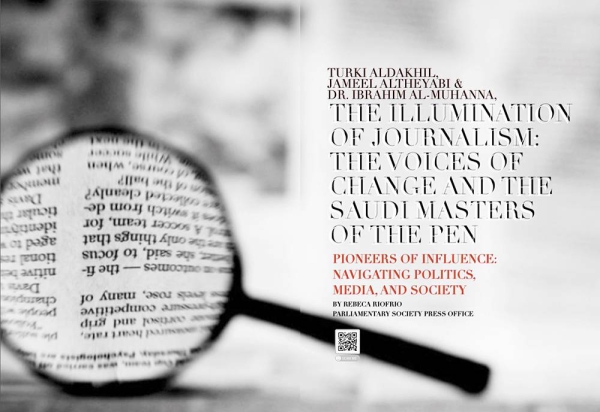
For more than two decades, the Saudi Arabian Monetary Authority (SAMA) has striven to encourage electronic payments and settlements in order to reduce over-reliance on cash.
To aid this, in 1997 SAMA first introduced the Saudi Arabian Riyal Interbank Express (SARIE) system, providing a state-of-the-art mechanism for banks in the Kingdom to make payments in Saudi riyals to each other, and to facilitate digital banking for their customers.
Then, in 2004, SAMA introduced another electronic payment system, SADAD, equipped with an efficient and secure infrastructure that simplified paying different types of bills, such as electricity and water.
SADAD also allowed customers to digitally settle bills and fees with the government, by paying traffic fines online, for instance. It saves time and is a secure way of making payments without any hassles.
Then came the Saudi Payments Network, or mada, another electronic payment system, which directly linked bank accounts to debit cards, making it straightforward to pay for items with cards themselves, and allowing instant cash withdrawals when necessary in the Kingdom and abroad from Saudi bank accounts.
Such systems simplify business in Saudi Arabia, making access to funds faster, speeding up transactions, facilitating international business and increasing accountability. The path toward a cashless society is good for the Kingdom’s economy, since it also saves money spent on printing traditional cash and reduces chances for corruption.
These measures are in line with the Financial System Development Program, one of the 12 executive programs launched by the Council of Economic and Development Affairs to achieve the objectives of Vision 2030.
Talat Zaki Hafiz is an economist and financial analyst.
Disclaimer: Views expressed by writers in this section are their own and do not necessarily reflect Arab News" point-of-view












